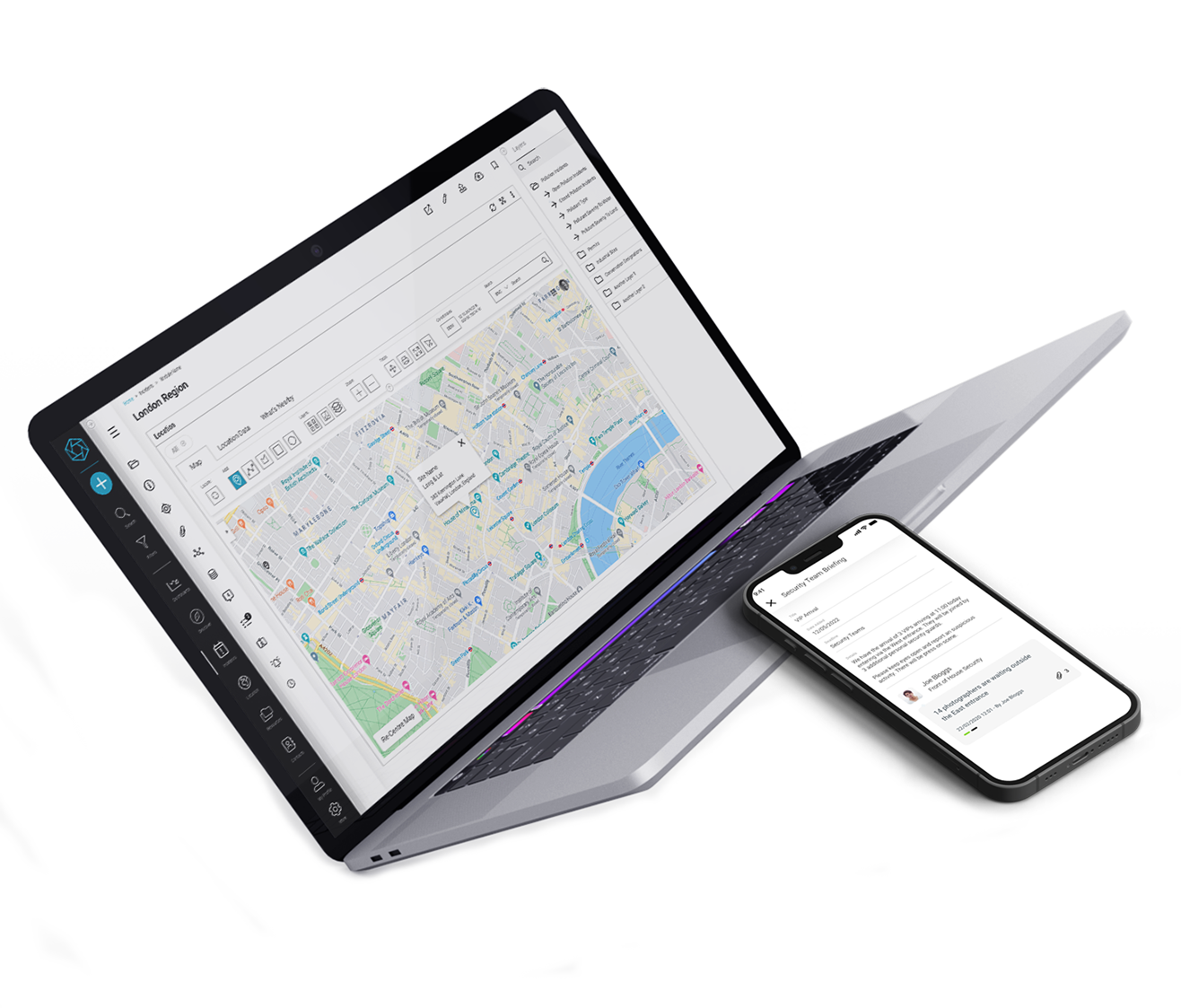Safety and security briefings are crucial for ensuring that all employees are aware of potential risks and are equipped with the knowledge to protect themselves, their colleagues, and the organisation's assets. These briefings can vary based on the specific needs of the organisation, industry regulations, and emerging threats. Here are several types of safety and security briefings commonly distributed within organisations:
1. Emergency Preparedness Briefings
- Purpose: To prepare employees for emergency situations by providing information on evacuation procedures, emergency contacts, and the location of safety equipment.
- Content: Fire drill instructions, earthquake or tornado procedures, emergency contact numbers, and locations of first aid kits and fire extinguishers.
2. Cybersecurity Awareness Training
- Purpose: To educate employees about cyber threats and promote practices that protect the organization's digital assets.
- Content: Phishing scam awareness, password security best practices, secure use of company networks, and protocols for reporting suspected security breaches.
3. Workplace Health and Safety Updates
- Purpose: To inform employees about health and safety policies, potential workplace hazards, and preventive measures.
- Content: Occupational health and safety guidelines, ergonomic practices, use of personal protective equipment, and procedures for reporting accidents or hazards.
4. Physical Security Updates
- Purpose: To ensure employees are aware of measures to secure physical assets and personal safety within the workplace.
- Content: Access control procedures, surveillance system updates, visitor management policies, and theft prevention strategies.
5. Travel Security Briefings
- Purpose: To provide employees with safety guidelines and protocols when traveling for business, especially to high-risk areas.
- Content: Travel advisories, cultural dos and don'ts, emergency procedures abroad, and health precautions for international travel.
6. Data Privacy Regulations
- Purpose: To ensure employees understand their role in protecting personal and sensitive information in compliance with data privacy laws.
- Content: GDPR, CCPA, or other relevant data protection regulations, principles of data minimization, and procedures for handling data breaches.
7. Crisis Communication Plans
- Purpose: To outline how communication should be handled during a crisis to ensure accurate and timely information dissemination.
- Content: Communication protocols, roles and responsibilities during a crisis, and guidelines for interacting with media and public entities.
8. Health Pandemic Protocols
- Purpose: To communicate guidelines and protocols in response to a health pandemic to protect employees and ensure business continuity.
- Content: Remote work policies, health and hygiene practices, social distancing measures, and procedures for reporting illness.
9. Environmental Safety Briefings
- Purpose: To inform about practices and responsibilities related to environmental protection and compliance with environmental regulations.
- Content: Waste management procedures, spill response protocols, sustainable practices, and environmental impact reduction strategies.
10. Drug and Alcohol Policies
- Purpose: To clarify the organisation's stance on drug and alcohol use and its impact on workplace safety.
- Content: Substance abuse policies, implications for non-compliance, resources for substance abuse help, and procedures for reporting.
Implementing Safety and Security Briefings
Delivering these briefings can be done through various channels. Regular updates and refreshers are important to ensure that safety and security remain top of mind for all employees. Engaging ways to present this information, such as interactive e-learning modules or gamified learning experiences, can enhance retention and compliance.
Iconic & tall buildings
Real estate portfolios
Venues & events
Studios & entertainment
Retail stores & supply chain
Critical national infrastructure
Security & FM service providers
Emergency responders







 +44 (0)1604 598989
+44 (0)1604 598989